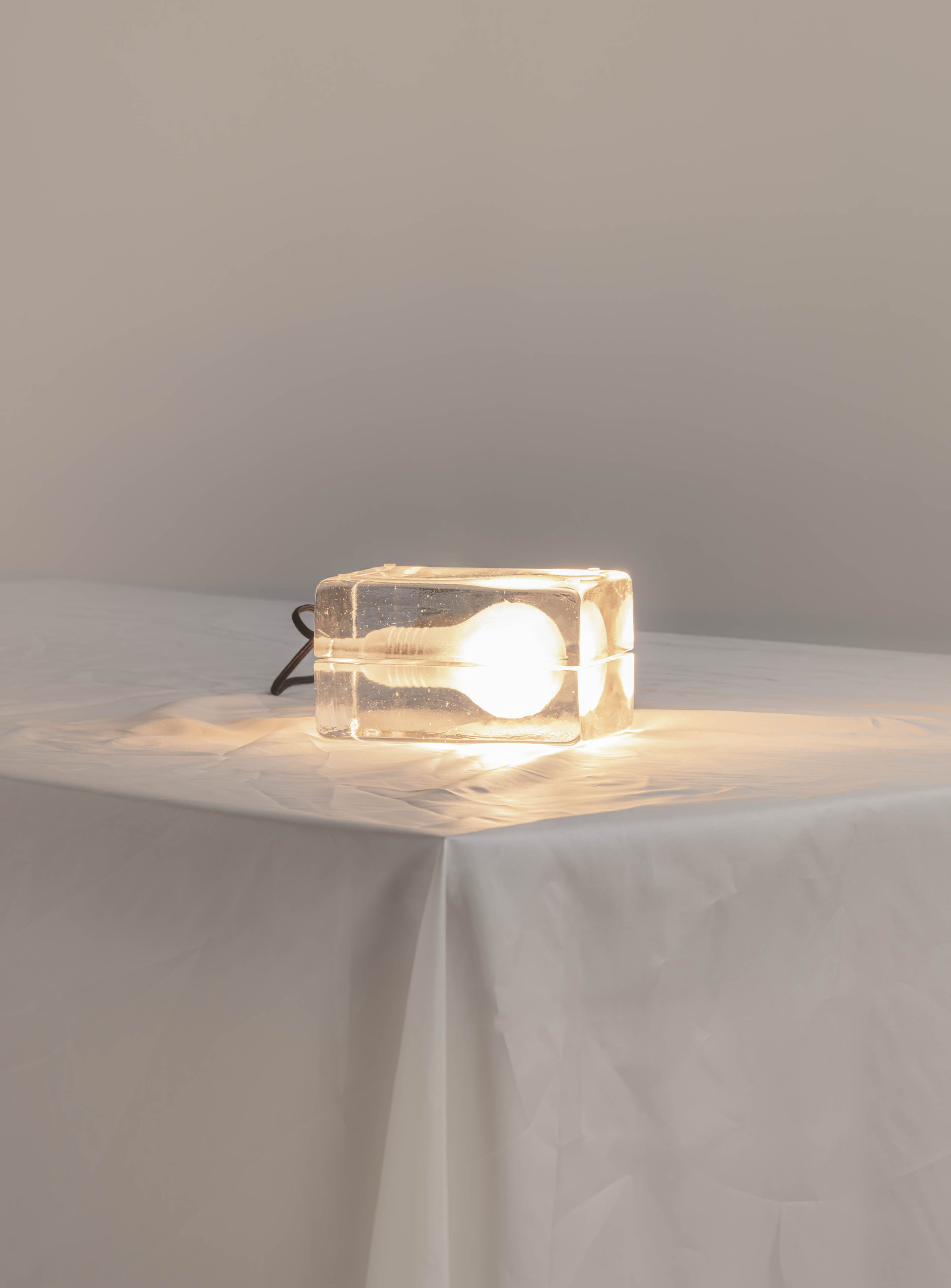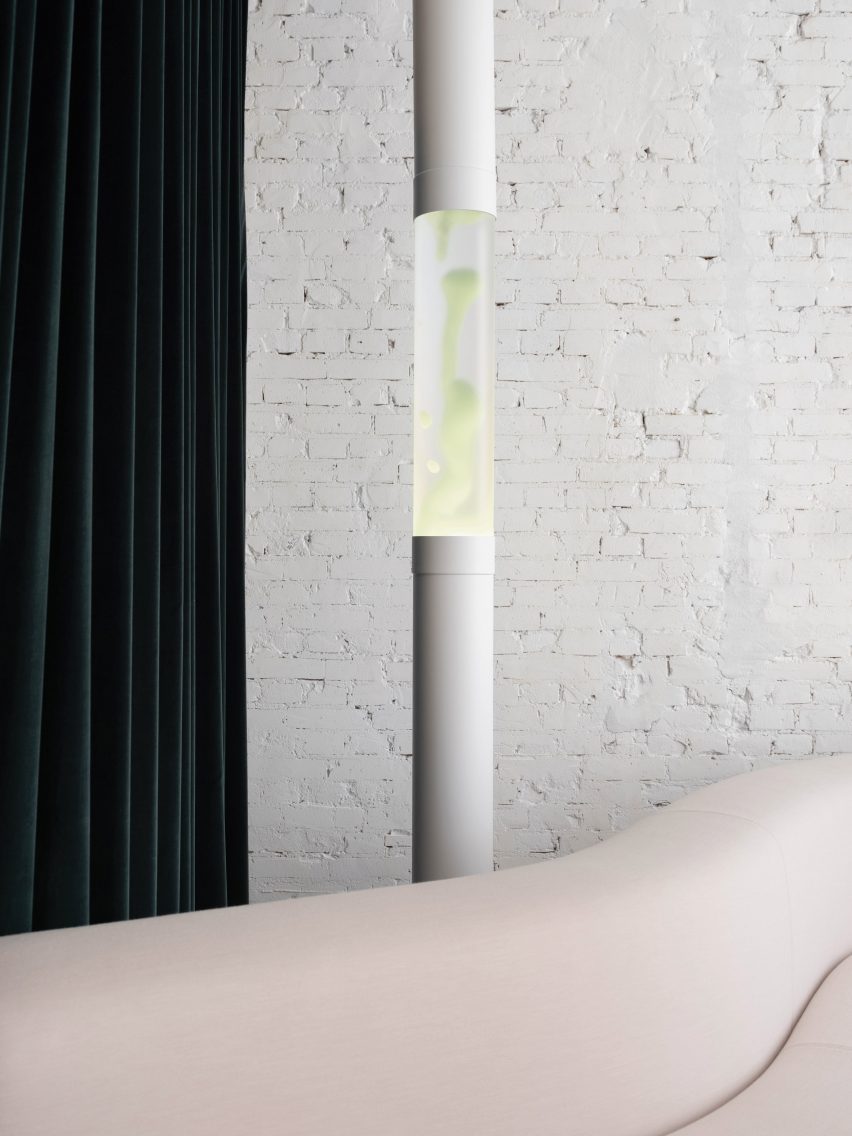Flip phone history began when the clamshell style mobile phones were first introduced to the market in the 1990s. Initially designed to be more compact than the traditional “brick” cell phone, flip phones quickly became popular for their unique design and convenience and became a cultural icon of the late ’90s.
What is a Flip Phone?
A flip phone, also known as a clamshell phone, is a mobile phone that is designed with a hinge that allows the phone to be folded in half. This design protects the screen and keyboard when the phone is not in use and makes the phone more compact and easier to carry.
When Did Flip Phones Come Out?
The first flip phone was released by Motorola on January 3, 1996. While the design was initially met with skepticism, it quickly gained popularity for its practicality and style.
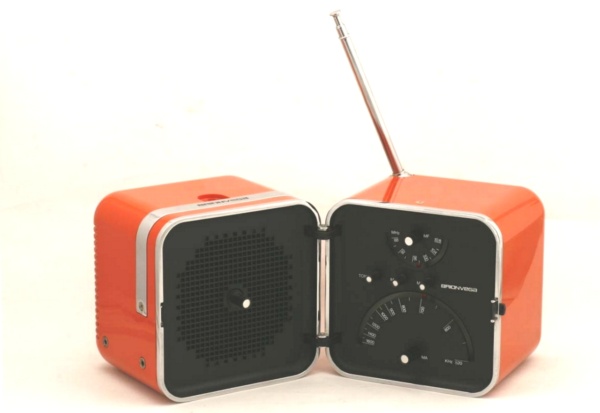
Brionvega TS 502 radio was designed in 1963 in MIlan by Marco Zanuso and Richard Sapper and help inspire many clamshell designs.
Importance of Flip Phone Design in History of Cell Phones
The introduction of the flip phone was a significant moment in the history of cell phones. Prior to the flip phone, mobile phones were bulky and often had external antennas. The flip phone design not only made the phone more compact, but it also allowed for more features to be added to the device. With the flip phone, manufacturers were able to incorporate cameras, color screens, and more.
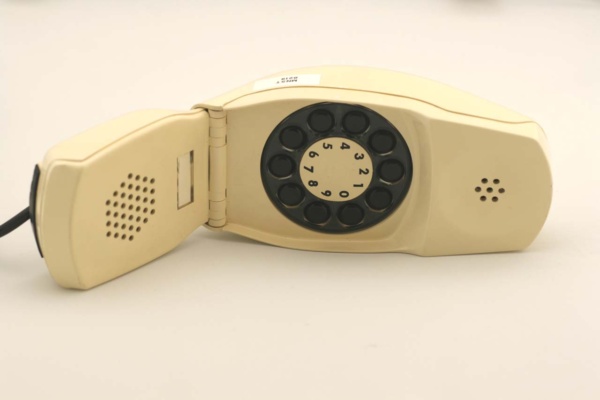
The Grillo phone, Milan (1965)
Who Designed the First Flip Phone?
The StarTAC was a groundbreaking phone that helped to popularize the flip phone design. It’s said the design was loosely inspired by Richard Sapper and Marco Zanuso’s design of Grillo, a clamshell phone from 1965.
It was the first mobile phone to use a clamshell design and was also one of the first phones to incorporate a lithium-ion battery.
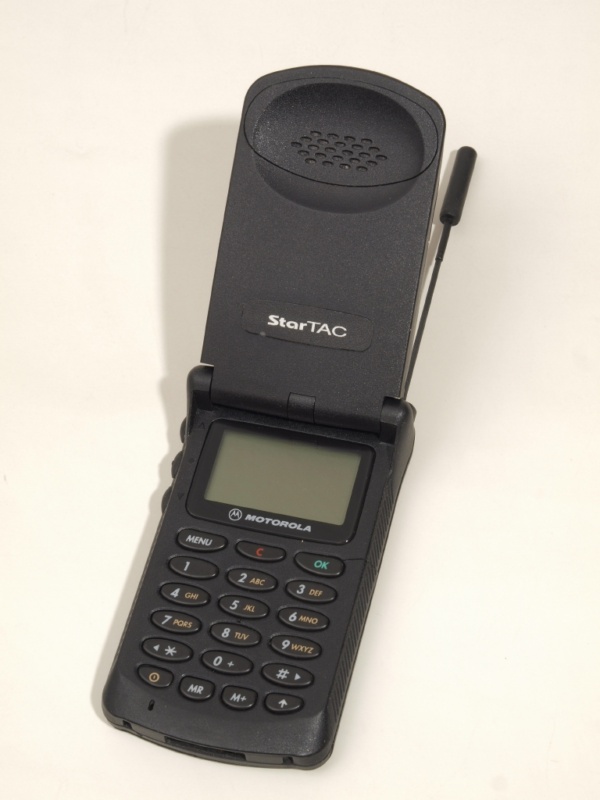
Motorola StarTac 70. Made in Germany, Type:MG1-4E12
The StarTAC: Motorola’s Groundbreaking Phone
The StarTAC was a huge success for Motorola, selling over 60 million units worldwide. Its slim design and convenient flip feature made it a popular choice for consumers. The phone was also one of the first to incorporate customizable ring tones, a feature that is now a standard on modern smartphones.
Early Competition with Nokia and Ericsson
While Motorola was the first to introduce the flip phone, it wasn’t long before other manufacturers began to compete in the market. Nokia and Ericsson both released their own flip phone models in the late 1990s, each with their own unique features.
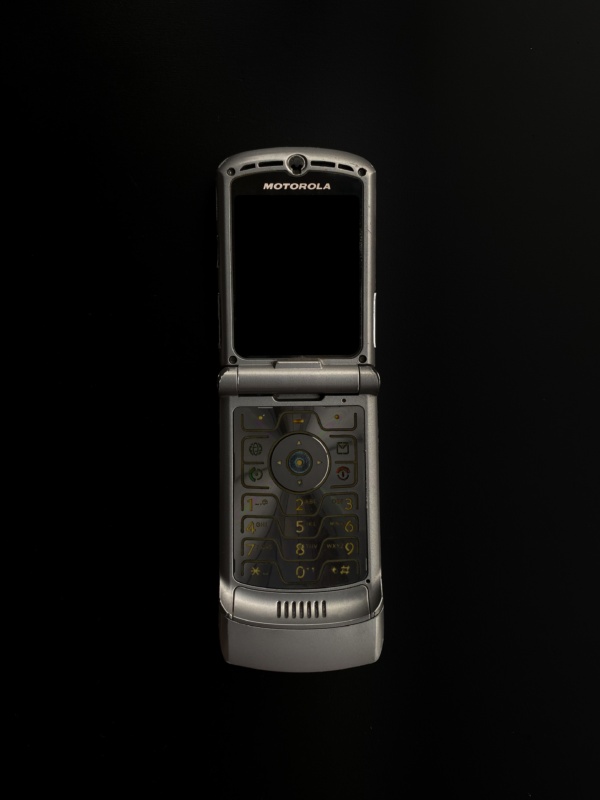
The Motorola Razr Flip Phone
The Rise of the Flip Phone
In the early 2000s, flip phones became even more popular. Manufacturers began to incorporate color screens, cameras, and even music players into their phones. The Motorola Razr was one of the most popular flip phone models of this era. Its sleek design and slim profile made it a fashion statement as well as a functional device.
The Fall of the Flip Phone
While flip phones were incredibly popular in the early 2000s, they began to decline in popularity as smartphones began to take over the market. By the mid-2010s, most major cell phone manufacturers had stopped producing flip phones altogether.

Samsung Galaxy Z Flip3 5G is a modern take on the original flip phone form factor
The Return of the Flip Phone?
Despite the decline in popularity, there has been a recent resurgence of interest in flip phones. Some companies have begun to produce “smart flip phones” that incorporate modern features like touch screens and 5G connectivity. Additionally, flip phones are still popular in certain markets like Japan and South Korea.
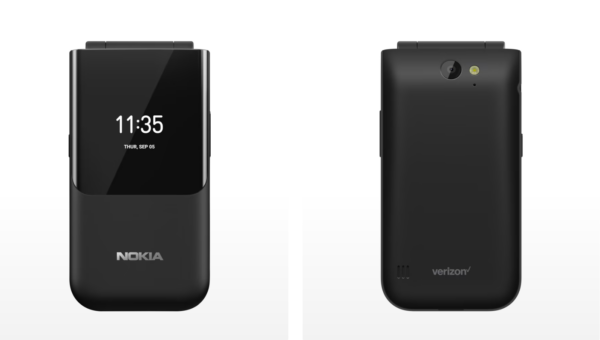
The Nokia 2720 V Flip is currently being sold as a modern flip phone with 4G connectivity.
The flip phone has played an important role in the history of cell phones. While its popularity has waned in recent years, the design still holds a certain appeal for consumers. As technology continues to evolve, it will be interesting to see if the flip phone will once again rise to prominence.


